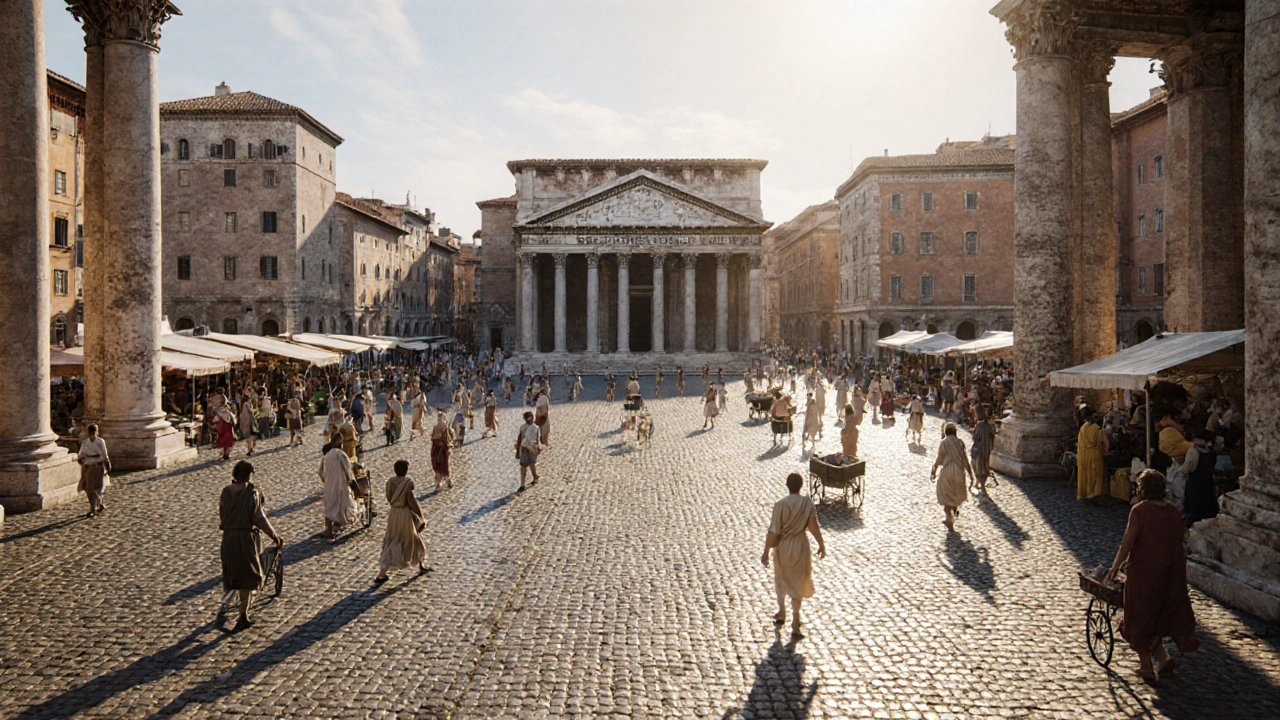Explore how ancient Roman architecture's grids, forums, aqueducts, and roads still guide modern urban planning, with practical lessons and real‑world examples.
Ancient Cities – Architectural Insights, History & Design
When exploring ancient cities, settlements that flourished centuries ago, leaving streets, walls, and public spaces that still fascinate today. Also known as historic urban centers, they reveal how early societies built, lived, and governed.
One of the biggest forces behind these places is Roman Architecture, the engineering feats like arches, concrete, and road networks that shaped many of these settlements. Its emphasis on durability and scale meant that city walls, aqueducts, and forums still dominate skylines. At the same time, Greek Architecture, the use of columns, temples, and proportional geometry that added elegance to public spaces provided a stylistic counterpoint, turning markets and agoras into places of civic pride. Both traditions feed into the broader idea of urban planning, the systematic design of streets, districts, and infrastructure that makes a city function.
Key Themes in Ancient City Architecture
Ancient cities ancient cities encompass complex urban planning, meaning that every street grid or defensive wall wasn’t random—it was a response to geography, trade routes, and power structures. Roman architecture influences the layout of ancient cities by introducing straight, wide avenues that connect public buildings, while Greek architecture provides stylistic motifs like columns that signal communal values. Urban planning determines street grids and public spaces, ensuring that markets, temples, and baths are reachable for residents and visitors alike.
When you walk through the ruins of a Roman town, you’ll spot the signature arch: a simple yet powerful shape that distributes weight and creates open passageways. This engineering trick let builders stretch roadways across valleys, connecting distant parts of an empire. Greek towns, on the other hand, showcase the classic Doric and Ionic orders, turning a simple temple into a statement of cultural identity. Both sets of techniques taught later societies how to blend function with beauty.
Beyond the stones, cultural heritage—another key entity—keeps the story alive. The myths, inscriptions, and artifacts found in these cities show how people viewed power, religion, and daily life. By studying these clues, modern designers can borrow timeless principles: use durable materials, create focal points for community gathering, and respect the surrounding landscape.
What you’ll find in the collection below are deep dives into specific styles, from Baroque drama to Georgian symmetry, each linked back to the way ancient cities were built and imagined. The articles break down how arches, domes, and colonnades still influence today’s architects, and they give you practical tips for spotting these features on a trip or in a design project.
Ready to see how ancient urban wisdom shows up in modern design? Keep reading to explore the full range of posts that connect historic architecture with today’s creative challenges.

